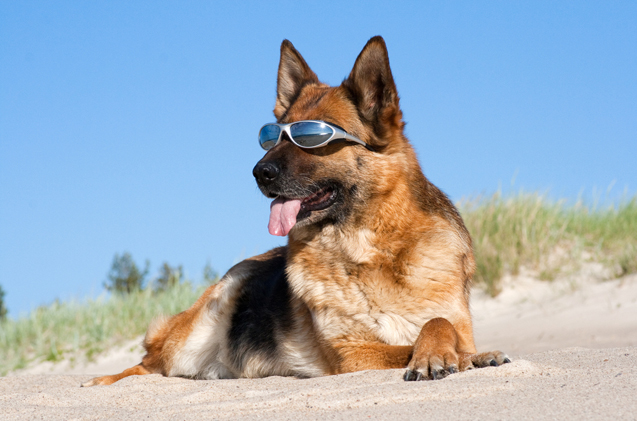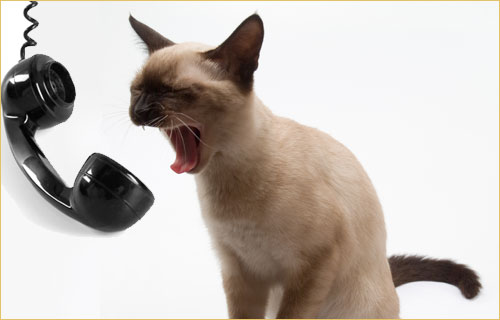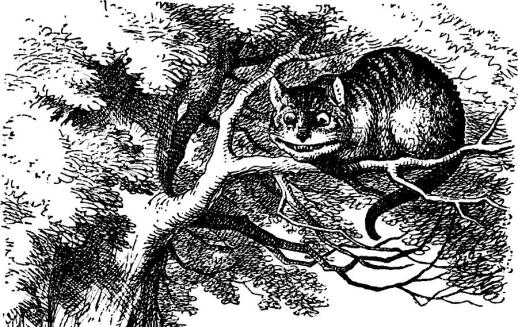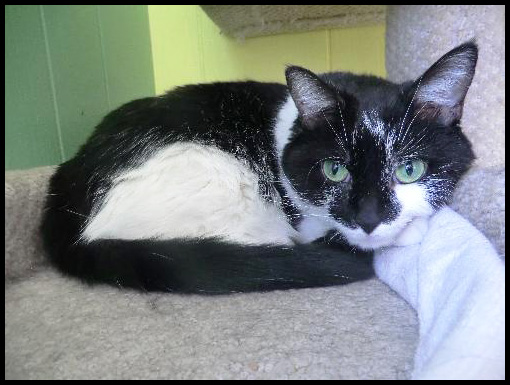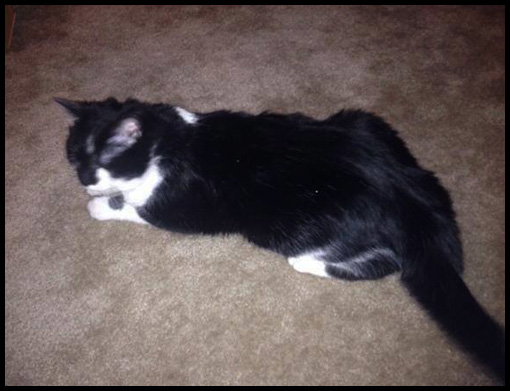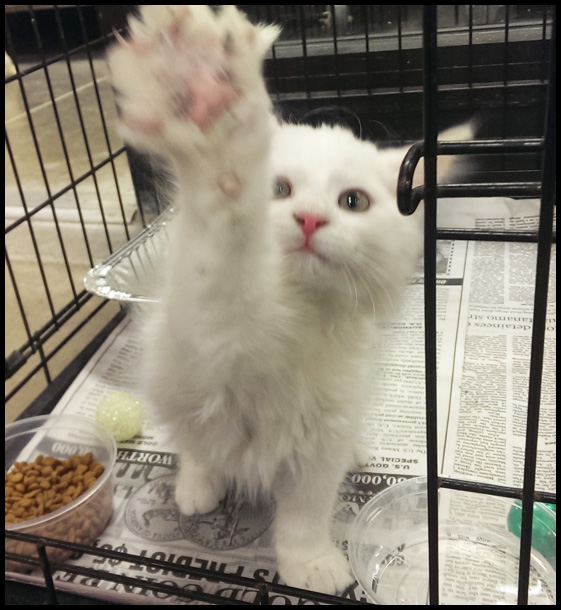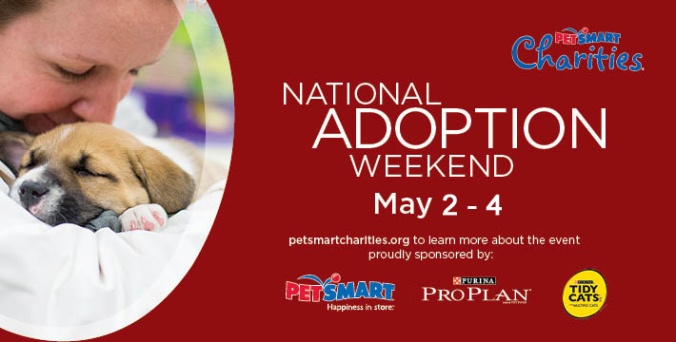by Kristy Chestnutt
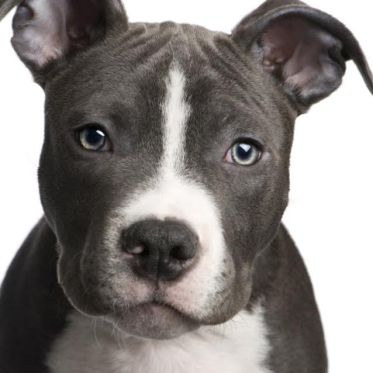
The other day I was having a conversation with my mom about the Pit Bull next door. She was afraid it would get through the fence to attack her two dogs or possibly her, which then lead to the conversation of how Pit Bulls always seem to be labeled as “bad dogs.” I see Pit Bulls almost every weekend and they are always extremely sweet to me. So… why do these dogs have such a bad rap?
Let’s Get to the Roots:
“Pit Bull” is not necessarily a breed; it is more of a term used to describe different breeds with similar traits. Some use this term to describe as many as five breeds (and all mixes) or as little as two. The three breeds that clearly fit into this label are the American Pit Bull Terrier, American Staffordshire Terrier and the Staffordshire Bull Terrier – I will be using the term “Pit Bull” to not leave out any of the mixed breed. Pit Bulls came to America from England, Scotland, and Ireland where they were originally used to help control livestock. Immigrants brought these dogs over to America and soon began to breed them for the unfortunate sport known as “baiting.” These dogs were used to attack other animals while people watched for entertainment. Cruel, right? It gets worse. The sport was banned in the early 1800s; however, people then began to have the Pit Bulls fight against each other, hence creating the inhumane sport known as dog fighting. People began to breed Pit Bulls that would make a faster, more agile opponent in the ring.
Temperament:
Like humans, all dogs are different and have different personalities. So, first the negative traits – normally when dogs fight, it is not with the intent to severely hurt or kill an opponent. It’s more of an argument with circling, growling, possible nipping, and teeth showing instead of shouting. Just imagine a Cleveland Browns fan and Pittsburgh Steelers fan fighting over a game (kidding!). Since these dogs have been bred to fight for their lives, they may go through the standard stages of agitation other dogs do. Instead they may lash out without warning, are less likely to back down and could become quick to aggression when provoked. Now for the positive – Pit Bulls actually make great family pets. They are extremely loyal and protective of their master. They are also fantastic with children – which led to their nickname “nursemaid’s dog.” Many Pit Bulls work as Registered Therapy Dogs as well as compete in agility contests. These dogs have an uncanny ability to know when to protect their owners; however, because of their intelligence and courageousness they can sometimes be unruly with submissive owners. Pit Bulls are love to please their masters; which can be positive and negative depending on the type of owner. People have a huge part in developing a Pit Bull’s temperament. The type of situations we put these dogs in could determine on whether the pup becomes a friendly family dog, or a dog fueled off of anger and fear.
